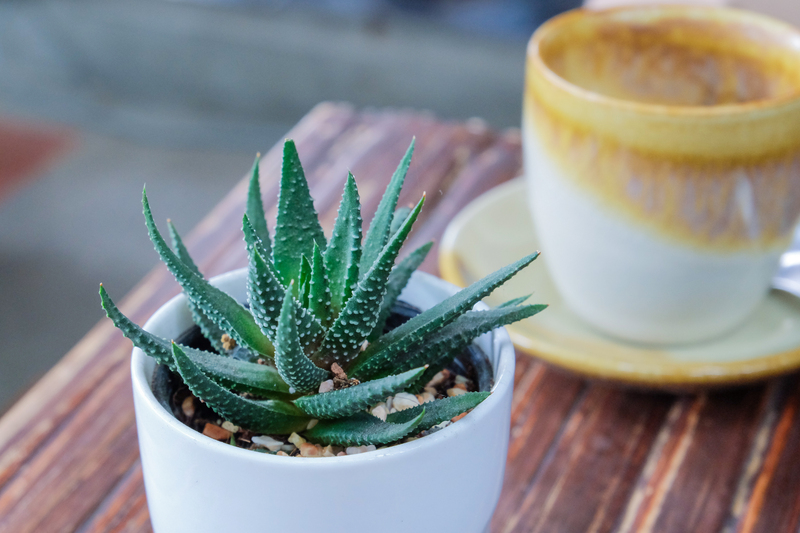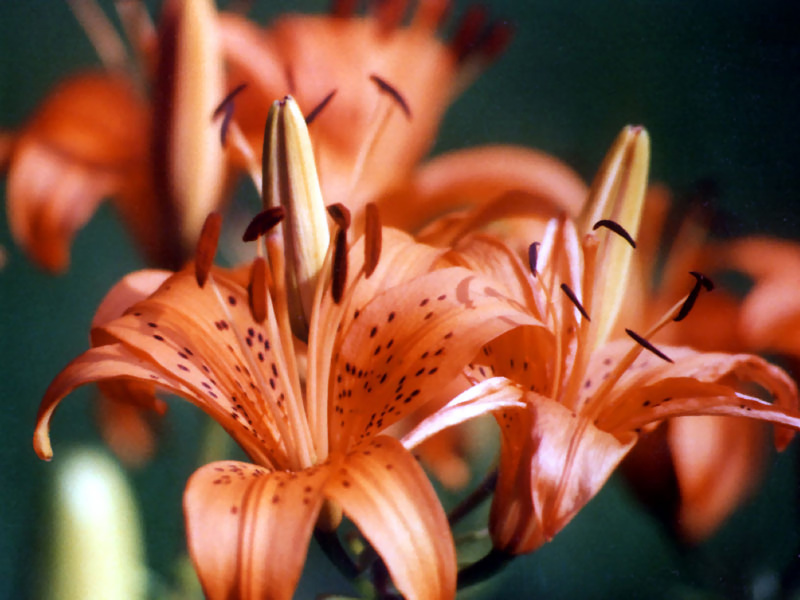Top 10 Energy-Enhancing Houseplants
Posted on 09/02/2025
Plants not only add aesthetic value to our homes but also have the incredible ability to enhance the energy around us. Certain houseplants are known for their air-purifying qualities, ability to reduce stress, and overall mood-boosting properties. In this article, we will delve into the top 10 energy-enhancing houseplants, their benefits, and some essential tips to keep them thriving.
1. Peace Lily (Spathiphyllum)
Peace Lilies are known for their elegant white blooms and ability to purify the air. They absorb pollutants like formaldehyde, benzene, and carbon monoxide.
Benefits:
- Purifies the air
- Easy to care for
- Adds a touch of elegance to any room
Care Tips:
- Keep in indirect sunlight
- Water once a week
- Maintain moderate humidity

2. Snake Plant (Sansevieria trifasciata)
Also known as Mother-in-Law's Tongue, the Snake Plant is one of the best plants for improving indoor air quality. It absorbs toxins and converts CO2 into oxygen at night.
Benefits:
- Extremely low maintenance
- Ideal for bedrooms
- Air purification properties
Care Tips:
- Place in indirect light
- Water every 2-6 weeks
- Avoid over-watering
3. Aloe Vera
Aloe Vera is not just celebrated for its medicinal properties but also for its air-purifying qualities. It releases oxygen and absorbs carbon dioxide during the night.
Benefits:
- Purifies air
- Provides healing gel in case of burns
- Easy to grow
Care Tips:
- Place in bright, indirect sunlight
- Water sparingly
- Use well-drained soil
4. Spider Plant (Chlorophytum comosum)
Known for its long, arching leaves and baby spiderettes, Spider Plants are among the best air-purifying plants, removing toxins like formaldehyde and xylene.
Benefits:
- Air purification
- Non-toxic to pets
- Easy to propagate
Care Tips:
- Keep in bright, indirect light
- Water moderately
- Ensure soil is well-draining
5. Boston Fern (Nephrolepis exaltata)
Boston Ferns are excellent for humidifying indoor air and removing formaldehyde and xylene.
Benefits:
- Improves air humidity
- Aesthetic appeal
- Air-purifying
Care Tips:
- Place in indirect sunlight
- Maintain high humidity
- Water regularly
6. Rubber Plant (Ficus elastica)
The Rubber Plant is not only easy to care for but also known for its air-purifying qualities, removing toxins from the air.
Benefits:
- Air purification
- Adds a striking visual element
- Easy maintenance
Care Tips:
- Place in medium to bright, indirect light
- Water once the top inch of soil is dry
- Wipe leaves to remove dust
7. Golden Pothos (Epipremnum aureum)
Golden Pothos, also known as Devil's Ivy, is famous for its air-purifying abilities and hardiness.
Benefits:
- Removes indoor pollutants
- Adaptable to various light conditions
- Easy to care for
Care Tips:
- Place in low to bright, indirect light
- Water when soil is dry
- Prune regularly to maintain shape
8. ZZ Plant (Zamioculcas zamiifolia)
The ZZ Plant is a tough and resilient plant known for its glossy leaves and ability to thrive in low-light conditions.
Benefits:
- Low maintenance
- Air purification
- Tolerates low-light environments
Care Tips:
- Place in low to bright, indirect light
- Water when the soil is completely dry
- Avoid over-watering
9. English Ivy (Hedera helix)
English Ivy is a versatile plant known for its air-purifying qualities and adaptability to different growing conditions.
Benefits:
- Excellent air purifier
- Versatile growing options (hanging or climbing)
- Helps reduce mold
Care Tips:
- Place in bright, indirect light
- Keep soil evenly moist
- Prune to control growth
10. Jade Plant (Crassula ovata)
Jade Plants are not only beautiful but also believed to bring good luck and positive energy.
Benefits:
- Enhances indoor air quality
- Easy to care for
- Symbolizes good luck
Care Tips:
- Place in bright light
- Water when soil is dry
- Avoid over-watering
Pros and Cons of Energy-Enhancing Houseplants
Pros:
- Improve indoor air quality
- Boost mood and productivity
- Reduce stress and anxiety
- Enhance aesthetic appeal
Cons:
- Require regular maintenance
- Some may be toxic to pets
- Can attract pests if not properly cared for
Tips for Keeping Houseplants Healthy
- Choose the right plant for your environment
- Understand the specific needs of each plant
- Regularly check for pests and diseases
- Prune and repot as necessary
- Provide adequate light and water

Key Takeaways
- Different houseplants offer unique benefits
- Proper care is essential for plant health
- Plants can significantly improve indoor environments
- Some plants may require more attention than others
Conclusion
Integrating energy-enhancing houseplants into your home can create a more vibrant and positive living space. From air purification to aesthetic beauty, these plants offer numerous benefits. By understanding their needs and providing proper care, you can enjoy a healthier, more energized home environment.






 Certified and experienced landscapers
Certified and experienced landscapers



 Get a Quote
Get a Quote